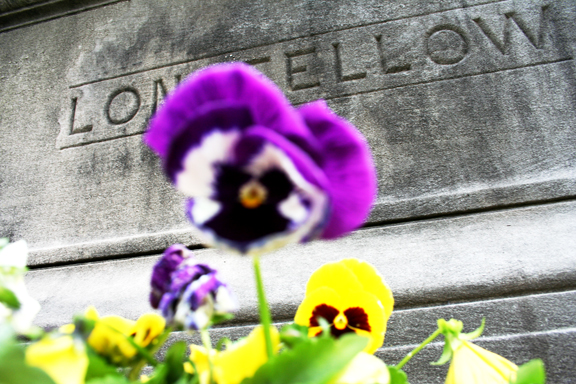“The activity engaged in by this funeral director was utterly repulsive,” reads a recent newspaper article.

Body snatching was once so pervasive in America that wealthy New York City families hired shotgun-wielding watchmen to protect the graves of their kin. Sentiments against the body-snatchers exploded in New York City during the Doctor’s Mob Riot of 1788. (Photo by Justin Nobel)
The man referred to is Stephen Finley, a funeral home director who clipped skin, bones, tendons, ligaments, and heart valves from his clients and sold them for use in transplant surgeries. The case shocked the nation but the crime goes back centuries.
Leonardo Da Vinci, the sixteenth-century artist, and inventor who painted The Last Supper and the Mona Lisa, also sketched sinews, sex organs, skeletons, and one of the first reproductions of a fetus in utero, all of which he obtained from corpses. Da Vinci received his bodies from the hospital Santa Maria Nuova, in Florence. Michelangelo drew cadavers from the nearby church of Santo Spirito. Surgeons, who required corpses for medical study, had a much more difficult time obtaining them.
In England, the demand for cadavers was alleviated somewhat by the Murder Act of 1752, which gave surgeons access to the hung bodies of murderers. Anatomy schools flourished and the corpses of murderers did not suffice. Surgeons paid shadowy villains known as Sack’ em up men, or Ressurectionists to unearth bodies from cemeteries and churchyards. Thieves dug with a wooden spade, quieter than metal, cracked the coffin open, and dragged the body out with a rope. Because bodies had no value stealing them was not considered a crime. Body snatching occurred primarily in winter when corpses lasted longer.
“Corpses cost two guineas and a crown and children six shillings for the first foot and nine pence for each extra inch,” explains Dr. D.R. Johnson, in a reading given to present-day anatomy students at the University of Leeds, in England. “Freaks cost a lot more. O’Brien, the Irish giant, well over seven feet tall, who died in 1783 was bought by John Hunter for 500 pounds, despite his wish to be buried at sea to avoid such a fate.”
Body snatching was so pervasive in America that wealthy New York City families hired shotgun-wielding watchmen to protect the graves of their kin for two weeks, by which time the rotted corpse was useless for dissection. Inventions were spawned to protect the dead, such as Bribgeman’s patent cast-iron coffin and the mortsafe, a cage with iron bars that surrounded a tomb.
Sentiments against the body-snatching surgeons exploded in New York City during the Doctor’s Mob Riot of 1788. A young boy peeping through a window into the dissection room at New York Hospital noticed a medical student at work on a corpse. The peeved student picked up the corpse’s arm and waved it at the boy. “This is your mother’s hand,” he shouted. “I just dug it up. Watch it or I’ll smack you with it!”
The boy’s mother had actually recently died and he ran home and told his father. A mob marched to the local cemetery, dug up the grave of the man’s wife, and found the coffin pried apart and the body missing. The mob rushed to the hospital, where they called for those inside to be lynched. Doctors and medical students escaped through a window just before the mob broke in and trashed the place, destroying rare specimens and surgical instruments. During the night the mob did the same at Columbia College. In the morning, Governor George Clinton called out the militia, which was led by Baron Friedrich von Stueben, a hero of the American Revolution. He refused to use force, but when a brick smacked him in the head he ordered his men to fire. Eight rioters were killed. Wounded were treated by the same doctors they had tried to lynch.
In England, more than 1,000 corpses a year disappeared from burial grounds in the first decade of the nineteenth century, says Tim Marshall, in his book, “Murdering to dissect: Grave-robbing, Frankenstein and the anatomy literature.” In 1829, Burke and Hare, two Irishmen commissioned to murder for Dr. Robert Knox, a well known Edinburgh anatomist, were brought to trial. They killed by smothering and delivered more than a dozen corpses to Knox’s back door. The trial received significant public interest and three years later The Anatomy Act of 1832 was passed. Anatomy schools were required to obtain licenses, the Murder Act of 1752 was repealed and surgeons and students were granted access to unclaimed corpses.









